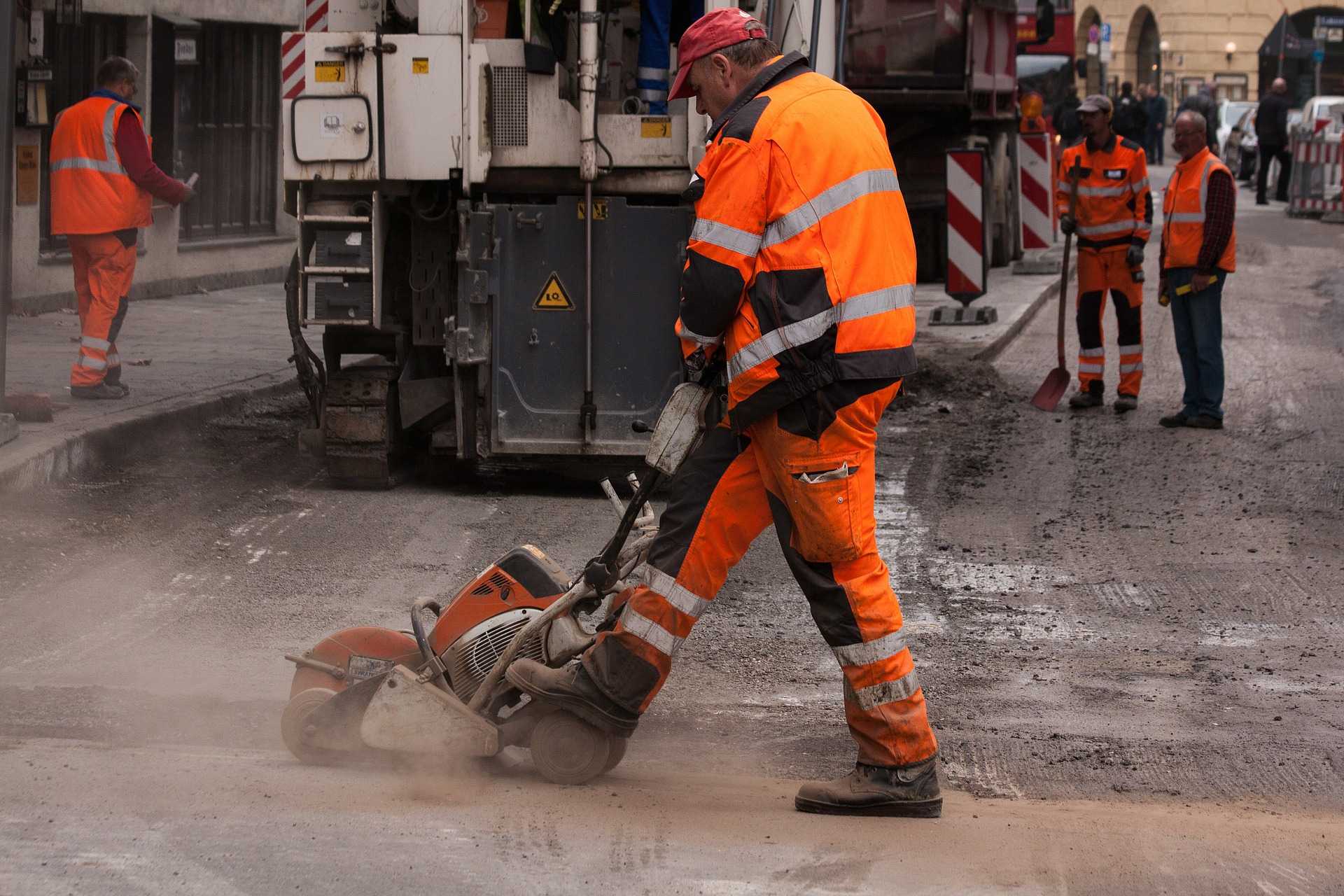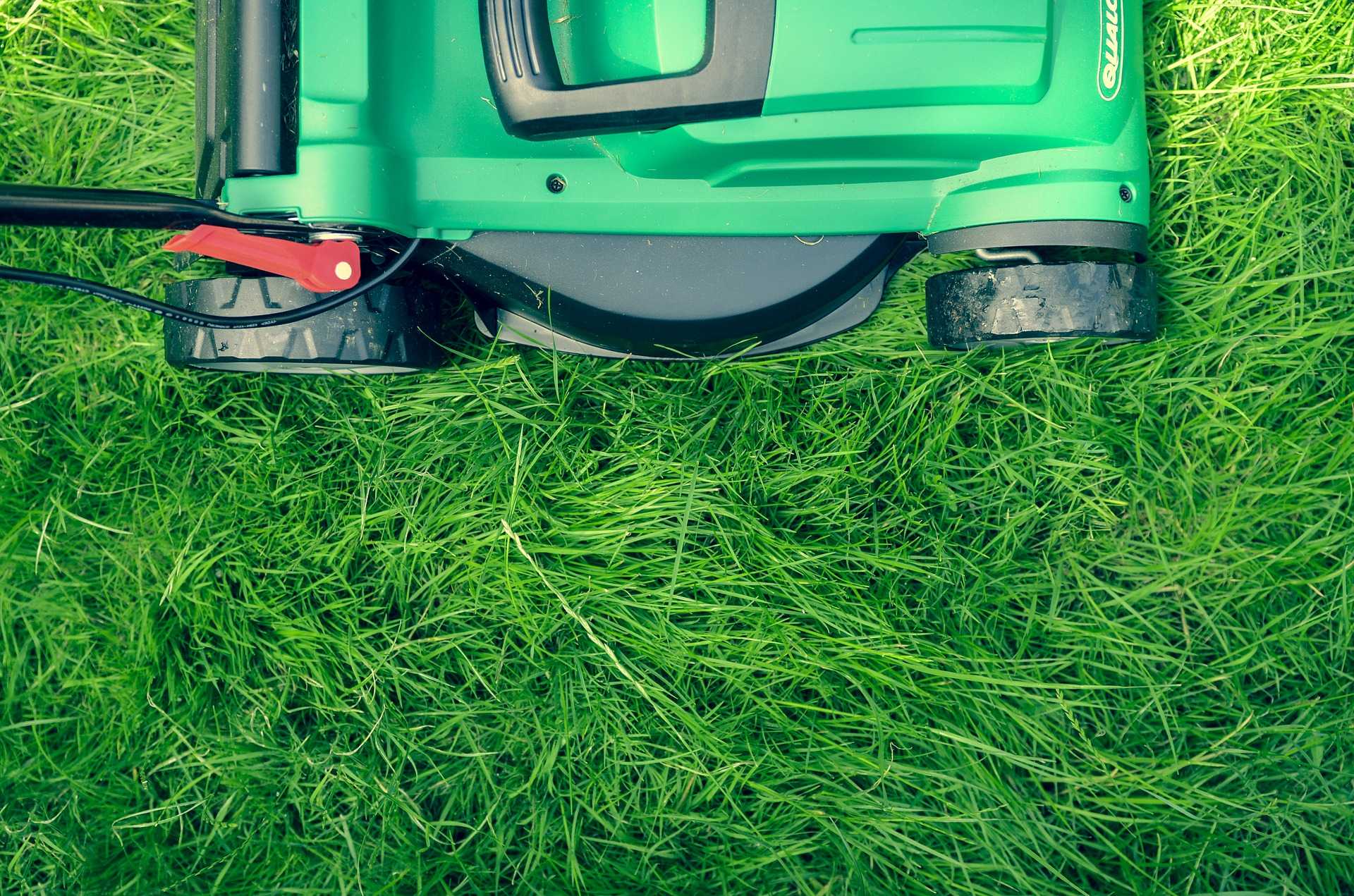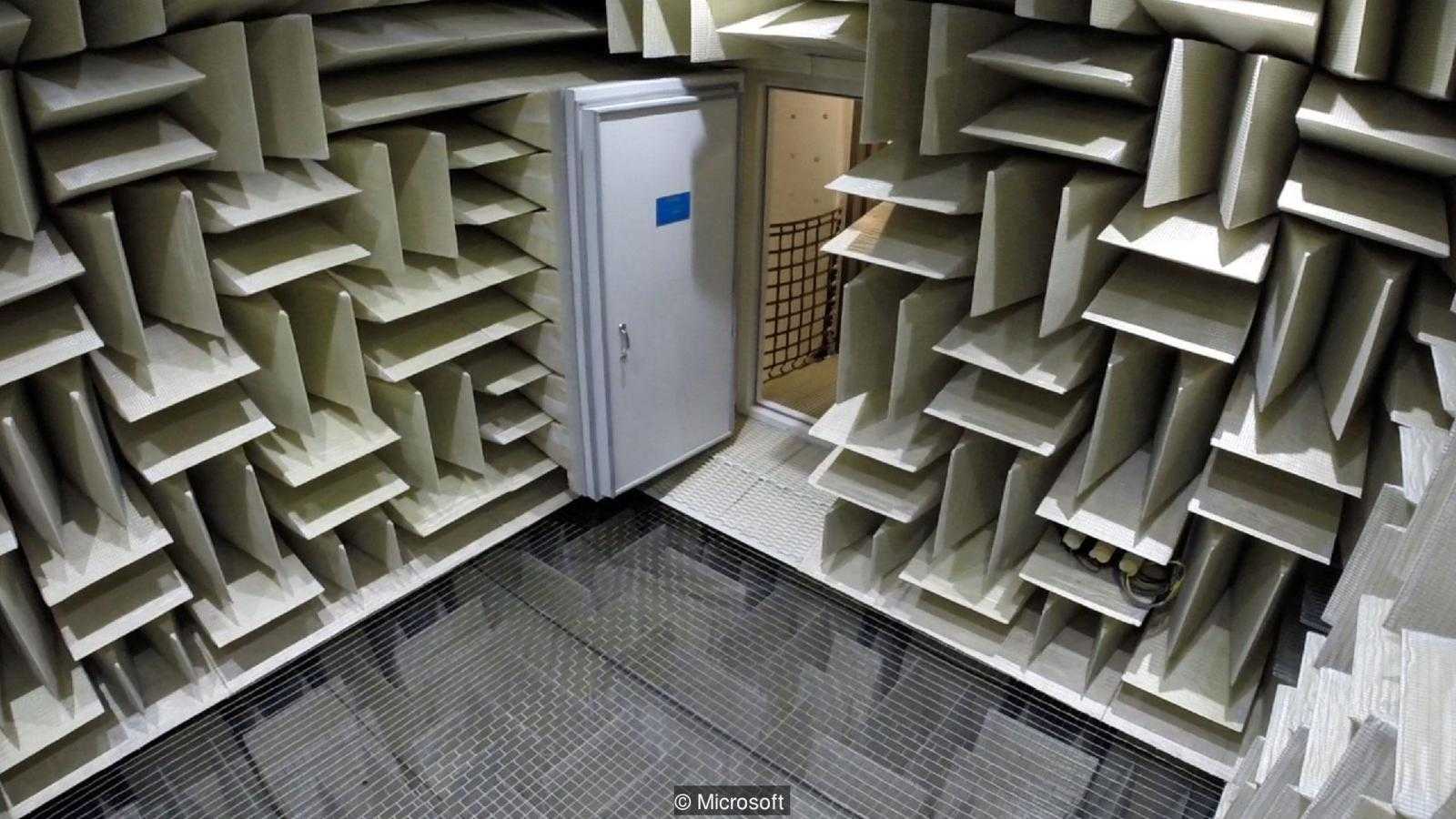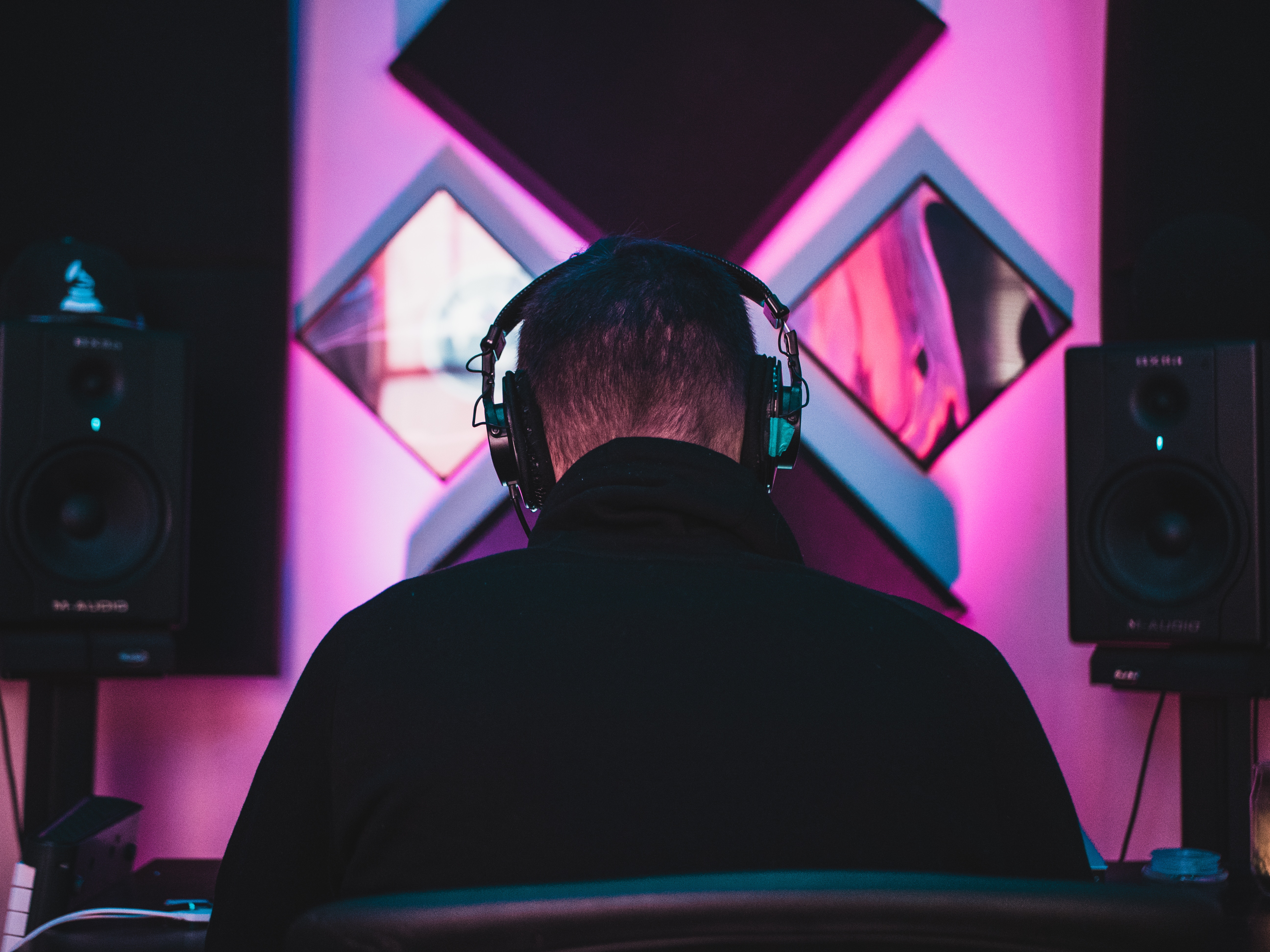Noise pollution is a real problem and it’s everywhere – it’s time we learn more about it and learn to fight against it.
The word noise as we know it today derives from the Latin root nausea. And you’ll find it interesting that this ties in pretty easily with the traditional definition of noise as “unwanted or disturbing sound”. In other words, sounds that nauseate or disgust.
What is Noise pollution?
It’s a bit difficult (impossible even) to come up with a definition of noise or noise pollution that enjoys unanimous acceptability among all people. But for our purposes, we’ll stick to one which defines noise pollution based on how much damage they cause to living organisms.
[demo]
According to the United States Environmental Protection Agency USEPA:
Sound becomes unwanted when it either interferes with normal activities such as sleeping, and conversation or if it disrupts or diminishes one’s quality of life.
The fact that you can’t see, taste or smell it may help explain why it has not received as much attention as other types of pollution, such as air pollution, or water pollution but be rest assured it’s there and it’s just as important as other types of pollution.

According to the World Health Organization, sound levels less than 70 dB are not damaging to living organisms, regardless of how long or consistent the exposure is.
However, exposure to constant noise above 85 dB more upwards of 8 to 10 hours might be hazardous. If you live or work for 8 or more hours daily in close proximity to a busy road or highway or generally a noisy environment, chances are that you’ll get exposed to traffic noise pollution of about 85 dB (which is higher than the WHO limit.)
Sources of noise pollution
– Vehicle and Transportation
According to the World Health Organization, road traffic is the biggest cause of noise pollution in most cities, and typically noise levels increase with higher traffic volumes and speeds.
Noise is caused by automobiles, motorcycles, trains, airplanes, helicopters, etc. Even sirens from police cars, ambulance or emergency vehicles contribute significantly to the amount of noise in the environment at any given time.
– Everyday Sounds
These are sources of noise that are ubiquitous and can be encountered almost on a daily basis. They are so commonplace that we longer even see them as noise sources, our brains no longer register some of them as sources of noise.
Household devices like washing machines and dryers, vacuum cleaners, air conditioners, food mixers, grinders, cooler, and so on can generate a lot of noise.

Other sources include loudspeakers of sound systems, lawn mowers, music players, and televisions.
Or it might even be your neighbor’s dog barking incessantly all night, every single night without fail, disturbing your sleep and that of everyone else in the apartment.
– Social Events
Social events might not happen every day, but they do happen once in a while and when they do, be rest assured that they pack a lot of loudspeaker, noise, and generally constitute a nuisance to people who live or work in the area.
Examples might include parties, discos, concerts and gigs, places of worship and other social events.
– Commercial and industrial activities
If you work in construction, in manufacturing, or on the farm you know first-hand how much noise can be generated.
You do all things ranging from blasting rocks at quarries to drilling holes into concrete with a jackhammer and working with a tractor.
Of Frogs and Snakes (Some noise might be helpful after all)
Sometimes noise is a good thing, a loud smoke detector alarm that jolts you from sleep and alerts you to a cloud of smoke and an impending fire is a life saver. So is the scary growl which warns you of imminent danger of being mauled by a bear if you venture in the direction of the noise.
But perhaps one of the most subtle and most elegant ways that beneficial noise manifests itself is in the case of the red-eyed tree frogs, a species of frogs that can be found in neotropical rainforests anywhere from Mexico to Columbia.
And here’s what you’ll find remarkable about them:
The red-eyed tree frogs fast-forward their births in order to escape death. Sounds a bit confusing? Bear with me as I break it down.
See, under normal circumstances, their hatching period lasts anywhere from 4 to 7 days.
But when the eggs sense that a predator is about to attack them, embryos in the eggs expel themselves –even though it’s well before hatching time– and start hopping away for dear life.
A team of researchers affiliated with Boston University spent a lot of years in Panama studying why and how these eggs are able to to do that. Do they run because they see the predator? Obviously no. They are still in the eggshell. Do they smell the predators, or is it something beyond human reasoning?
So what’s the answer?
According to their research is that the embryos have an innate ability to detect vibration or noise patterns.
Snakes are one of their deadliest enemies when a snake strikes at the clutch of eggs, it physically disturbs the clutch and sets off noise vibrations, and before you know it, the embryos start jumping out of their shells and running like their lives depend on it. (because it actually does)
Here’s what’s even more surprising about the research:
The team realized that rainstorms also produced noise vibrations with the same frequency as the snake strikes. But during rainstorms, the embryos do not switch on “emergency hatching” mode.
So how do the eggs tell the difference between both noise?
It turns out, as the snake reaches for an egg and recoils to savor its catch it sets off a regular on-off patterned noise which tips off the eggs to switch to emergency hatching mode immediately.
But for rainstorms, the noise occurs randomly and not in an on and off fashion. A sign telling the frogs that everything is fine and they can keep maturing in their eggs.
Is silence all it’s cracked up to be?
Bad as noise is, can we eliminate it in its entirety? Is that even possible?
Yes it is.
Experts call it the anechoic chamber (literally the chamber with no echo) it’s able to achieve that level of silence because the walls, floor, and ceiling are made with a specific material that has been found to absorb sound in its entirety.
The chamber is so quiet, that while in it, you can hear the gushing sound of your blood as it flows through your own veins and arteries.

Source: Microsoft
The longest anyone has ever been able to stay in there? 45 minutes.
When they let them out, a lot of people reported that too much quiet was driving them crazy or it was making them hallucinate.
Turns out lack of sensory input makes the mind hallucinate.
Also, while in there you have to be seated or else you might lose your orientation in space and fall that’s because your ear plays an integral role in how the body maintains balance.
So would it be a good idea to eliminate all noise? No, it would drive the human mind crazy.
Can noise pollution kill you? Health effects of noise
In simple terms, YES. Exposure ( or sustained exposure) to noise at damaging levels has been found to adversely affect our health.
And what makes it even more deadly is that it kills you clandestinely, because it works slowly in the background so much so that you hardly even notice it.
– Heart disease
Who, in their wildest fantasies, would have thought that noise pollution could have anything to do with a heart attack?
Well as it turns out, epidemiological studies suggest that people chronically exposed to high levels of road or air traffic noise stand a higher risk of cardiovascular diseases, including high blood pressure and myocardial infarction.
Similar studies, also show that every year long-term exposure to traffic noise accounts for about 210,000 coronary heart disease (CHD) deaths in Europe – that’s about 600 deaths per day just because of noise.
And the bad news is:
The average Joe currently being exposed to noise probably doesn’t know he’s damaging his heart.
– Hearing Loss
You probably already know this because it’s pretty intuitive.
And you might have even experienced it before, ever stepped away (after being there for a while) from a quarry or manufacturing site or a construction site or just about any place rich in noise only for you to feel as though someone put cotton balls in your ears and you can’t hear well. This is known as temporary deafness and it usually leaves after a while.
But with prolonged continuous exposure to a confusing assortment of noises, there comes a time when your clogged ear sensation becomes permanent.
When you can no longer hear the speech of others clearly; someone might say the word “copy” and you would think they said “coffee”. And it often gets progressively worse with time.
People who live in noise-free regions often have better ears.
In a bid to provide scientific evidence to support this, Dr. Samuel Rosen, a New York ear specialist, decided to seek out such people. So in 1961, he went off to visit the Mabaan tribe in Southeast Khartoum one of the most noise-free regions of Africa.
After conducting extensive audio tests on them, Rosen concluded that the hearing of members of the Mabaan tribe at the age of 70 was often superior to that of Americans in their 20s (and that was in 1961!)
So good was their hearing that “Two Mabaans standing 300 feet apart, or the length of a football field, can carry on a conversation in a soft voice with their backs turned.”
– Children, Infants, and Fetuses
Noise pollution has long since been reported to have serious negative effects on the intelligence of kids. Study upon study has shown that the closer children lived to noisy areas the less intelligent they were.
One disturbing study showed that the closer children lived to the noisy airport in Frankfurt, Germany, the lower their intelligence was.
This is further corroborated by a similar study, conducted on children living in public high-rise housing above the Dan Ryan Expressway in Chicago, that study also found that the closer these children’s floors were to the highway, the poorer they performed on school tests
Infants and fetuses aren’t left out, research has shown that when pregnant women expose themselves to noise a fetus’ hearing faculty may get damaged in-utero.
How can noise pollution be controlled?
1. Close the windows.
Sounds ridiculously simple? You’d be surprised at how many people fail to do this. By simply closing your windows, you can drastically cut down the amount of noise that enter your homes and buildings.
And if you must open your windows for fresh air, be careful to only do so in the quieter parts of the day. (This varies depending on where you live).
2. Use earplugs
This is especially important if you work in manufacturing, construction or just about any other sector that uses noisy machinery. Wearing earplugs is a cost-effective way to reduce the amount of noise that hits your eardrums.
The same holds true for people who work close to concert venues.
3. Use insulation
Another way to control noise is by installing soundproofing materials on walls, ceilings, and floors. The use of double-glazed windows can also help absorb noise.
4. Invest in noise-cancelling headphones.
Noise cancelling headphones especially the active noise cancelling headphones are most effective against continuous noise like the hum from machinery or airplane engines.
As the name suggests, the headphone is designed to neutralize noise before they even get to your ears. And you don’t have to worry whether the noise cancelling technology is safe.

There is noise cancelling circuitry involved for processing the sound and creating an anti-sound, but it does not damage your hearing. If anything, it helps you avoid noise pollution and protect your hearing even better.
5. Declaring a “no horn zone” in some areas
Horns have different sounds, loudness, and intensities but the common denominator among them all is that they all cause noise pollution. Declaring a horn-free zone in schools, hospitals, and residential areas will also help reduce the noise pollution.
It also helps to have silence policies in offices or coworking spaces. It can last for an hour or two but it will help everyone focus on their tasks a lot easier and get work done faster.
How to complain about noise pollution
If you’re not enjoying a good night’s sleep because your neighbor’s dogs bark incessantly through the night, this section might be for you.
Sleep deprivation makes us tired and irritable during the day. And nobody should have to live with that. So what do you do?
The first step is to do a quick research and find laws and ordinances that prohibit excessive, harmful and unnecessary noise in your community.
When you do find it, make sure they apply to the area where you live, also pay particular attention to the times of the day when there’s supposed to be a general quiet.

Also, most cities have a noise level they consider to be acceptable and anything above that is prohibited, if you know what decibel is acceptable, you can download and install apps on your smartphone to measure the decibel levels of your neighbor’s noise and if they are above the allowed limits of your area you can lodge a complaint with your local police department.
Conclusion
There’s very little more to say, so just a quick recap:
We’ve successfully gone through all the most important things you need to know noise pollution, viz: its sources, how to control it, how it harms and how to lodge complaints against noisemakers.
Armed with this knowledge, I hope you’ll be willing to help us win the fight against noise pollution.


